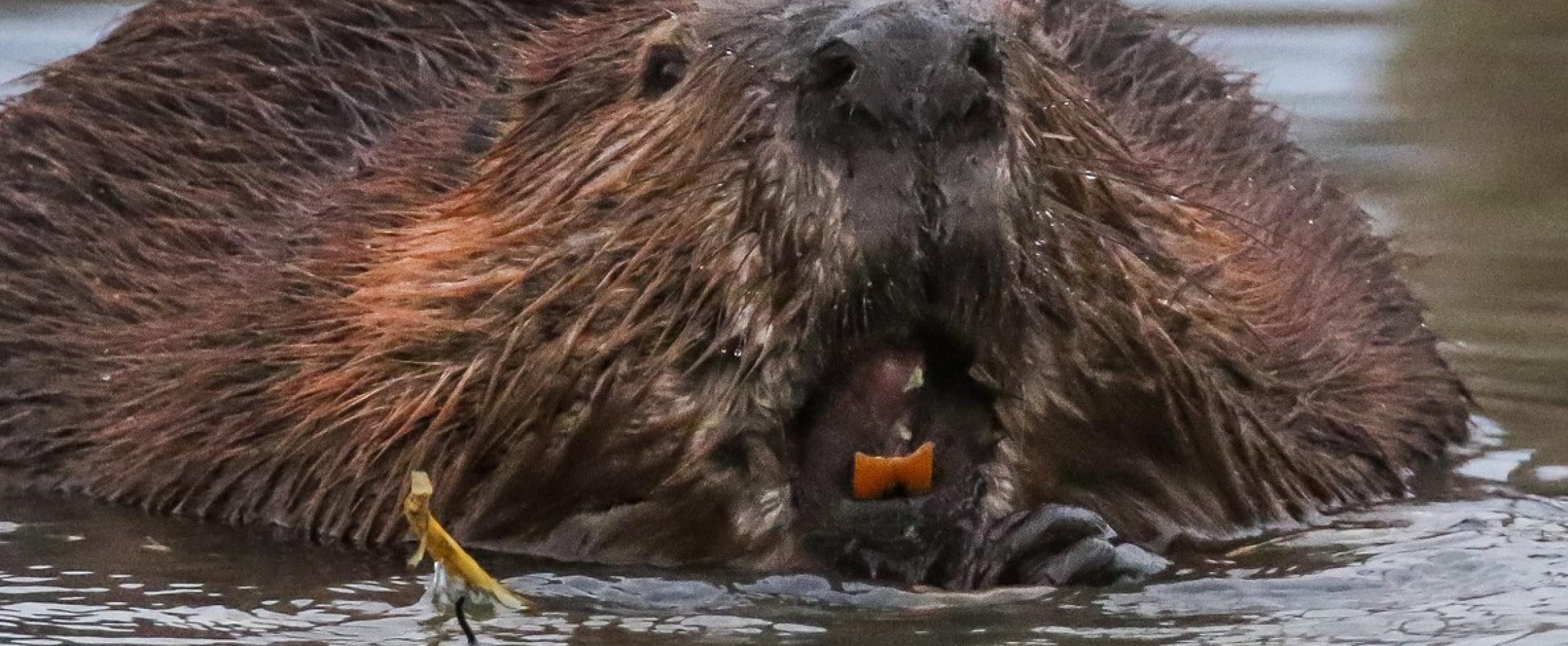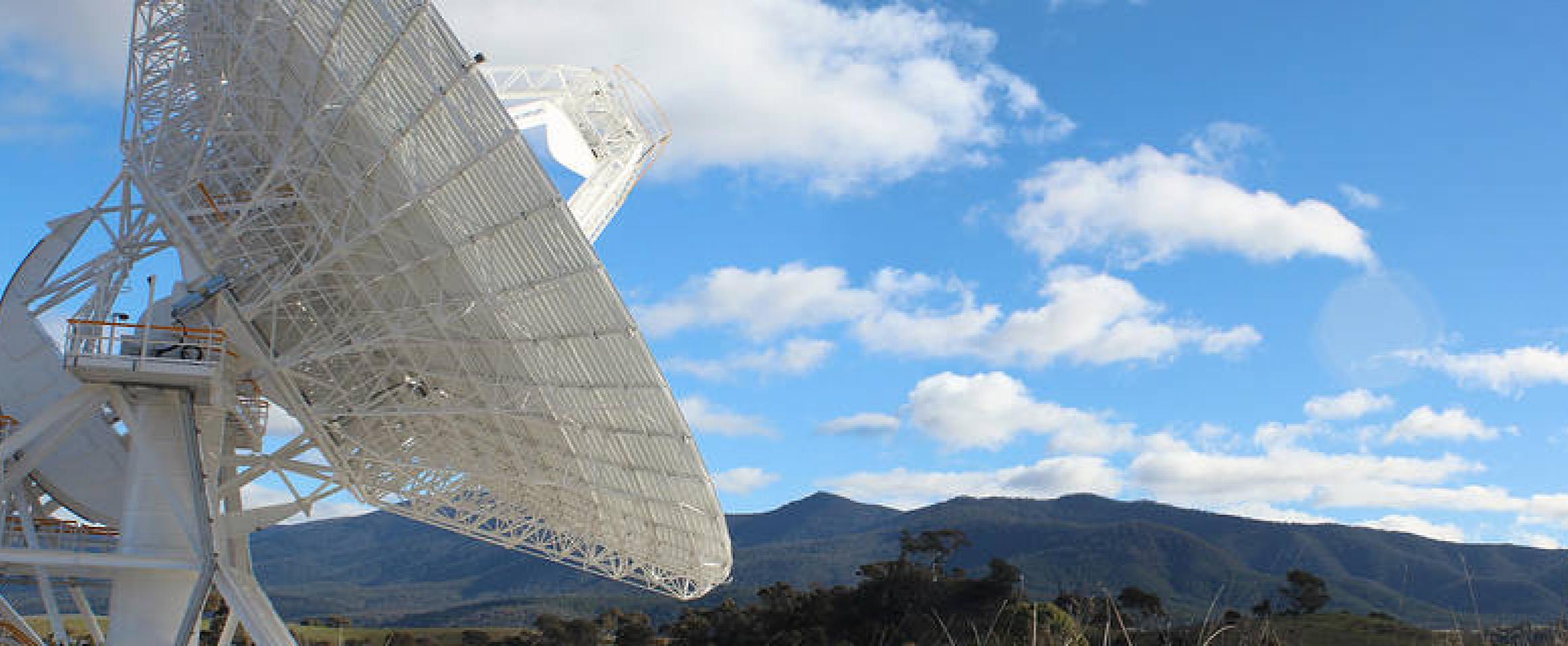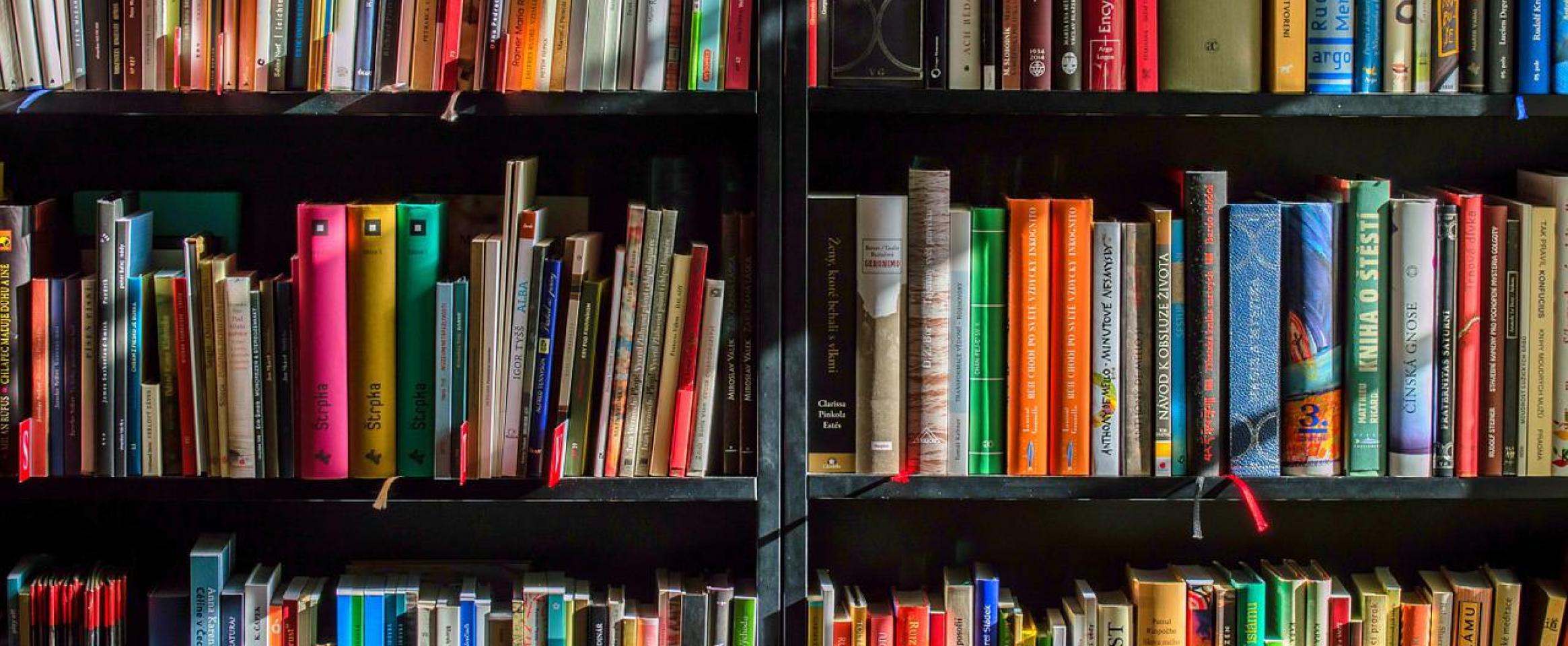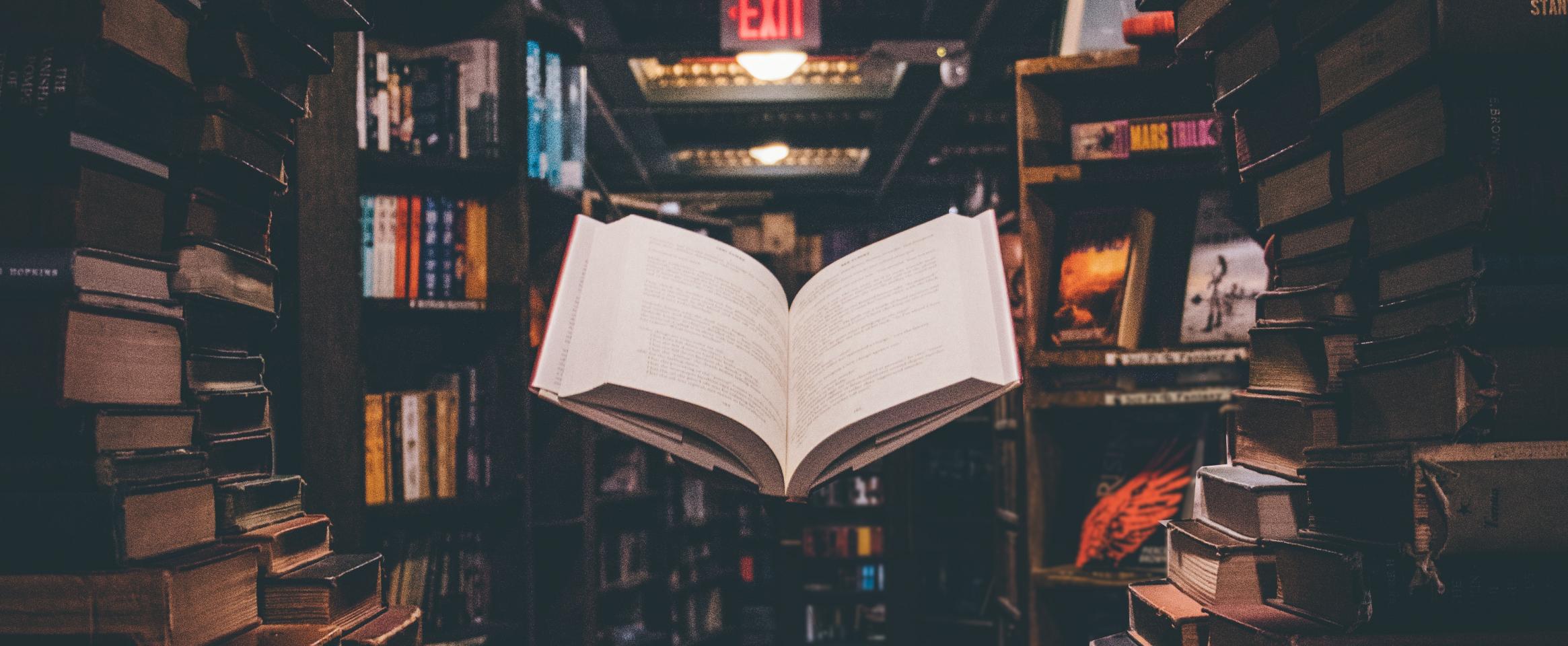
Jane Park—Hidden Animal Colors
Beavers have orange teeth, an indicator of the iron content that gives them the strength to cut down trees. An Australian lizard flashes its tongue to deter potential predators: the aptly named blue-tongued skink. Some animals dazzle with bright colors while others that seemingly blend into their environment at times may surprise. Jane Park unmasks the latter in her children’s picture book, Hidden Animal Colors.








